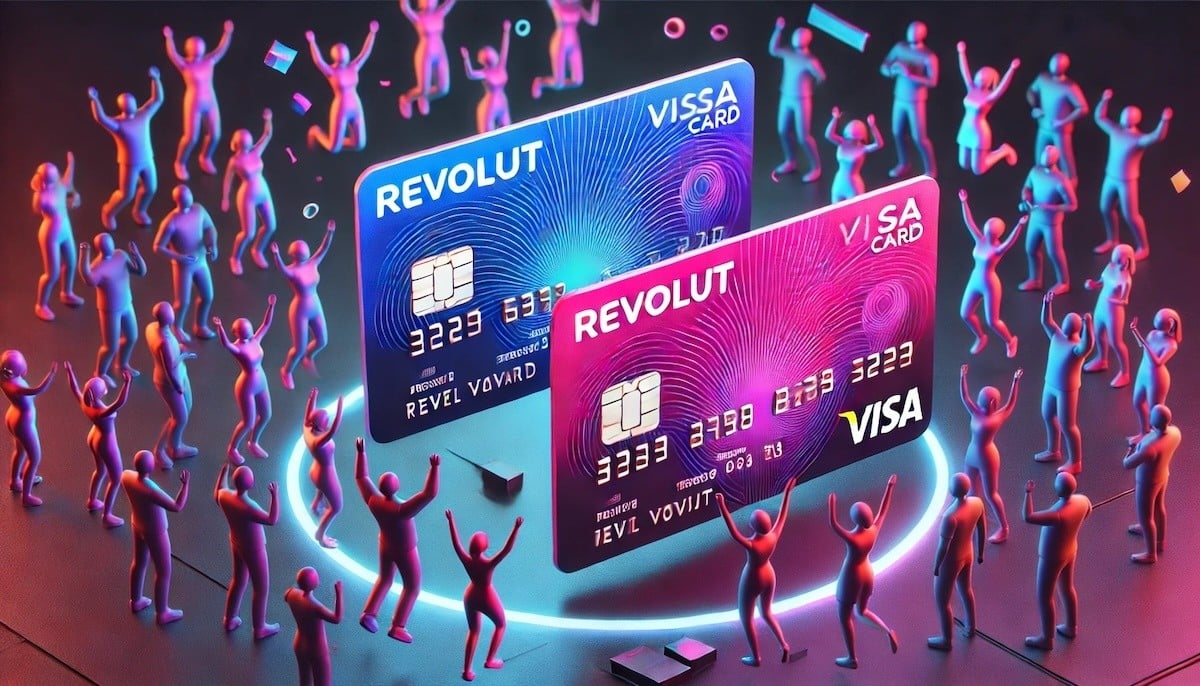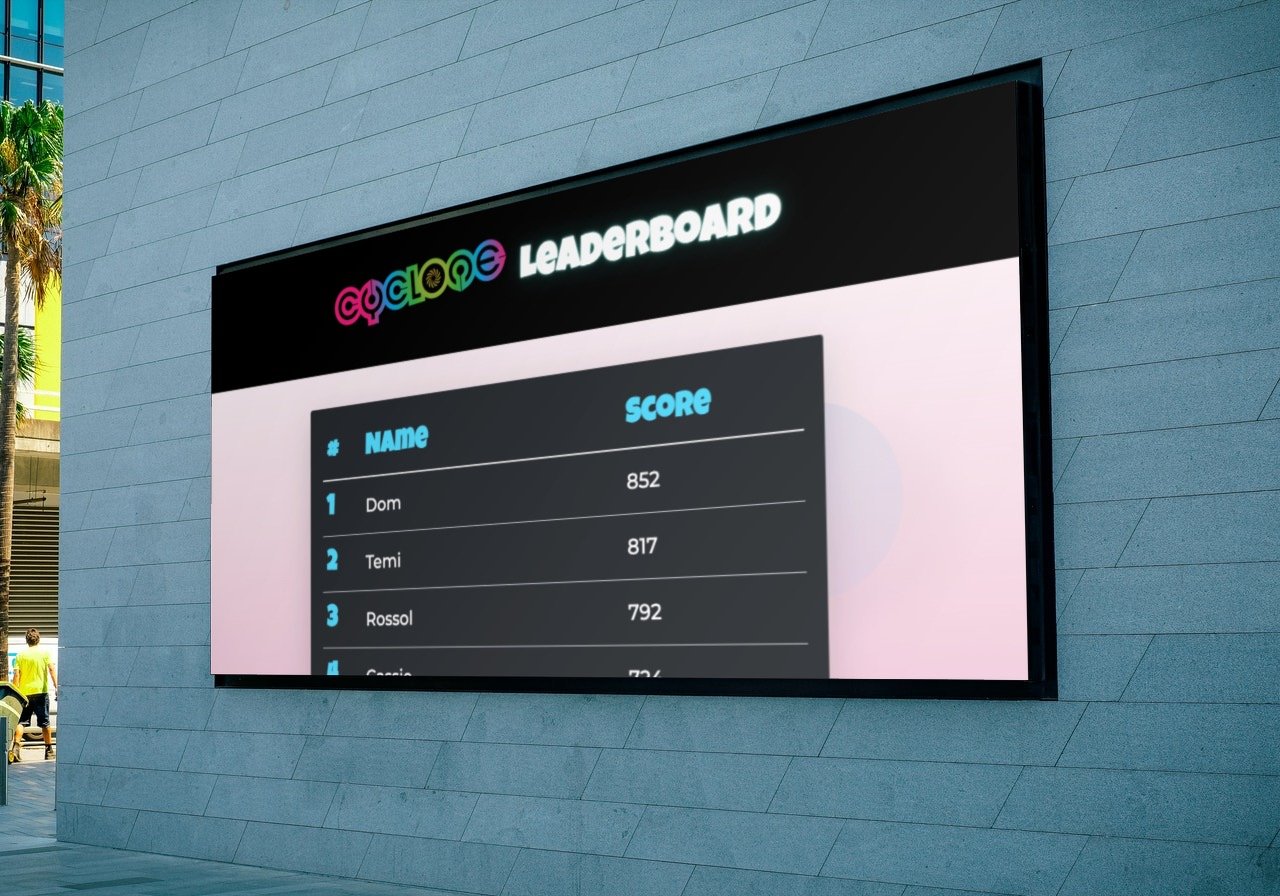
Understanding Employee Engagement
Employee engagement measures the emotional commitment and enthusiasm workers have toward their organization and its goals. Engaged employees demonstrate active connection to their work beyond basic job satisfaction. They feel purpose in their roles and invest themselves in organizational success.
Engaged workers typically exhibit higher productivity, increased creativity, and greater willingness to exceed expectations. This emotional investment benefits both individual career development and organizational performance metrics.
Categories of Employee Engagement Tools
The employee engagement software market offers three primary solution types:
Measurement Tools: Survey platforms and analytics systems that quantify engagement levels across teams and departments.
Gamification Platforms: Systems implementing game mechanics like karma point systems to motivate specific behaviors and achievements.
Recognition Systems: Platforms designed to reward and acknowledge employee contributions through various incentive structures.
Traditional enterprise solutions often require significant investment, complex integration processes, and extended implementation timelines. This guide presents a streamlined alternative for organizations seeking immediate results with minimal setup complexity.
 We are conditioned to respond to rewards-based systems
We are conditioned to respond to rewards-based systems
Implementing Leaderboards for Engagement
Keepthescore.com provides a leaderboard system designed for rapid deployment and immediate impact. The platform eliminates technical barriers common to enterprise solutions while delivering real-time feedback mechanisms that drive engagement.
The system offers instant setup without IT involvement. Real-time updates provide immediate performance visibility. Organizations can share leaderboards via direct links or QR codes, embed them in existing platforms like SharePoint, or display them on office TV screens.
Selecting Effective Leaderboard Metrics
Choose metrics that align with organizational objectives and team culture. Here are six proven measurement categories:
-
Sales Performance: Track individual or team sales achievements. This quantifiable metric provides clear performance benchmarks and competitive motivation. Consider implementing prospecting day competitions or trade show leaderboards for specific sales events.
-
Team Goal Completion: Measure quarterly objective completion rates across departments. This approach maintains focus on strategic priorities and collective achievements. For physical wellness initiatives, implement step challenge leaderboards to boost team health and morale.
-
Development Team Quality: Monitor production incidents and bug reports. Recognizing teams with minimal issues promotes code quality and operational excellence. Developers can track focused work sessions using deep work scoreboards.
-
Customer Satisfaction Scores: Track support team performance through customer feedback metrics. High satisfaction scores indicate service excellence and customer focus.
-
Innovation Contributions: Measure process improvement submissions and implemented solutions. This metric encourages creative problem-solving beyond routine responsibilities. For structured innovation tracking, consider hackathon leaderboards during innovation sprints.
-
Attendance Consistency: Recognize punctuality and attendance reliability. While basic, this fundamental metric supports operational efficiency and team coordination.
Organizations with customer-facing operations should also consider tracking service metrics through tools like virtual queue management systems.
Creating Your First Leaderboard




Follow these steps to deploy your leaderboard:
- Click the button above and select an appropriate leaderboard type for your use case.
- Enter your leaderboard title and configuration details.
- Add team member names in the designated input fields.
- Click "CREATE LEADERBOARD" to generate your tracking system.
- Customize appearance through the SETTINGS menu. Select themes from the dropdown menu that match your organizational branding. Additional customization options are detailed in the customization guide.
💡 Tip: If you have paid membership you can also upload images and logos to your leaderboard.
Employee Engagement Implementation Roadmap
Execute these steps to establish an effective engagement leaderboard system:
-
Define Performance Indicators: Identify metrics that reflect organizational priorities. Consider sales figures, project completions, customer ratings, or quality metrics based on business objectives.
-
Deploy the Leaderboard: Configure your Keepthescore.com leaderboard with emphasis on clarity and accessibility. Ensure all team members can interpret the data quickly. For office displays, use URL parameters to create focused views: hide search with
&show_search=false, remove comments with&allow_comments=false, or enable auto-scrolling with&autoscroll_enabled=true. See display options. -
Establish Clear Communication: Explain the leaderboard's purpose as a motivation and recognition tool. Address concerns about performance monitoring versus performance enhancement.
-
Execute Launch Strategy: Generate enthusiasm through a formal launch event. Demonstrate functionality and highlight benefits to build initial engagement.
-
Maintain Consistent Updates: Refresh leaderboard data regularly and provide context during team meetings. Acknowledge achievements publicly to reinforce positive behaviors.
-
Collect and Apply Feedback: Gather team input on leaderboard effectiveness. Implement modifications to maintain relevance and engagement levels.
-
Implement Points Systems: Deploy karma point tracking for behaviors aligned with company values. This quantifies contributions beyond traditional metrics.
-
Structure Recognition Programs: Connect leaderboard performance to tangible rewards. Options range from public acknowledgment to performance bonuses or professional development opportunities.
-
Monitor Engagement Metrics: Track changes in productivity and engagement indicators. Use performance data to validate leaderboard impact.
-
Adjust Scale Appropriately: Expand successful implementations to additional teams or metrics. Reduce scope if cultural alignment issues emerge.
-
Preserve Positive Culture: Ensure the leaderboard promotes collaboration rather than destructive competition. Focus on collective improvement alongside individual achievement.
The leaderboard system should enhance workplace dynamics and team cohesion. Successful implementation creates an engaging environment that drives performance while maintaining positive team relationships and organizational culture alignment.






